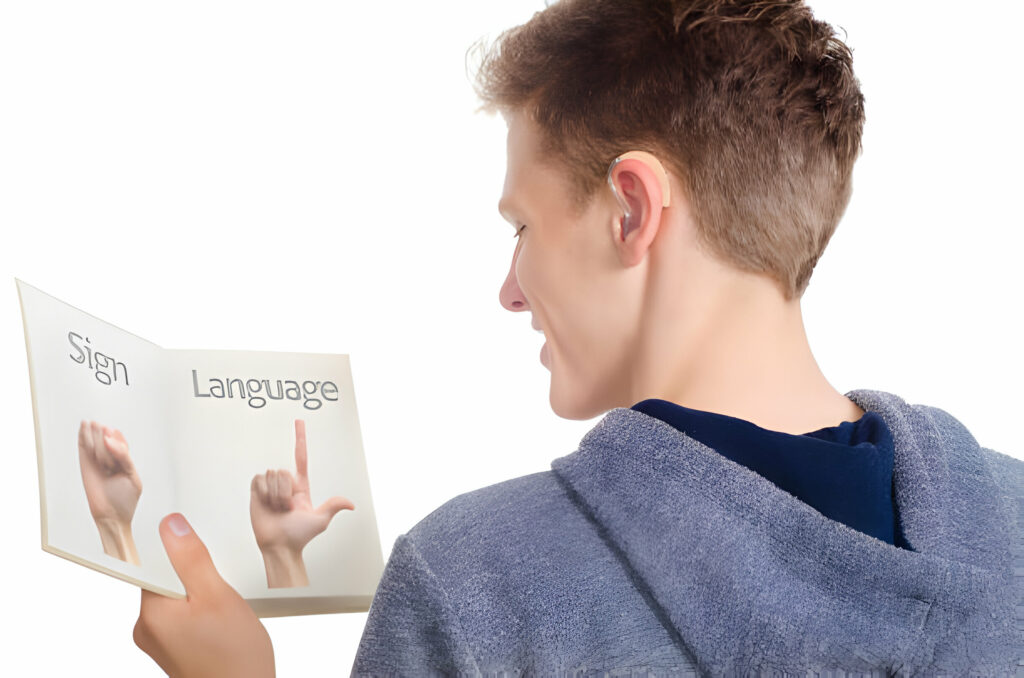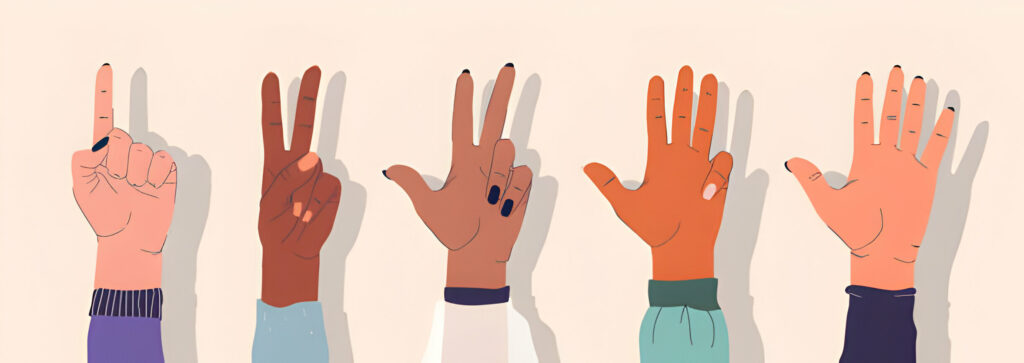
Misconceptions and stereotypes about sign language and the deaf community are widespread, often leading to misunderstandings and marginalization. In this blog post, we’ll debunk some of the most common myths and misconceptions, promote understanding, and raise awareness about the rich diversity and culture within the deaf community.
Myth 1: Sign language is universal.

One of the most prevalent myths about sign language is that it’s a universal language understood by all deaf individuals worldwide. In reality, there are numerous sign languages, each with its own unique vocabulary, grammar, and syntax. For example, American Sign Language (ASL) is distinct from British Sign Language (BSL) or Australian Sign Language (Auslan). Just as spoken languages vary from country to country, so do sign languages. It’s important to recognize and respect the diversity of sign languages and their respective communities.
Myth 2: Deaf individuals are unable to communicate effectively without spoken language.

Another common misconception is that deaf individuals are unable to communicate effectively without spoken language. In reality, many deaf individuals are fluent in sign language and use it as their primary means of communication. Sign language is a rich and expressive language that allows deaf individuals to communicate complex ideas, emotions, and concepts. Additionally, technological advancements such as video relay services and text messaging have provided alternative means of communication for deaf individuals in a hearing-centric world.
Myth 3: Sign language is a simplified form of communication.
Some people mistakenly believe that sign language is a simplified or inferior form of communication compared to spoken language. In reality, sign languages are fully-fledged languages with their own grammatical rules and linguistic structures. Sign languages are capable of expressing the same depth and complexity as spoken languages, including nuances of tone, emotion, and emphasis. Deaf individuals are not limited by their mode of communication; they possess the same cognitive abilities and linguistic capabilities as hearing individuals.
Myth 4: Deaf individuals cannot enjoy music or appreciate the arts.

There is a common misconception that deaf individuals cannot enjoy music or appreciate the arts due to their hearing impairment. While it’s true that deaf individuals may experience music differently than hearing individuals, they can still enjoy and engage with music through visual and tactile means. Sign language poetry, visual arts, and deaf theater are just a few examples of how deaf individuals express themselves creatively and engage with the arts. Deaf culture has a rich tradition of artistic expression, and deaf artists continue to make significant contributions to the cultural landscape.
Myth 5: All deaf individuals use sign language.
Contrary to popular belief, not all deaf individuals use sign language as their primary means of communication. Some deaf individuals may prefer oral communication, lip-reading, or other forms of assistive technology. Additionally, there is a diverse spectrum of deafness, ranging from mild to profound, and individuals may have varying levels of proficiency in sign language depending on factors such as age of onset of deafness and exposure to sign language. It’s essential to recognize and respect the diverse communication preferences and needs of deaf individuals.
In conclusion, debunking common myths and misconceptions about sign language and the deaf community is crucial for promoting understanding, acceptance, and inclusion. Sign language is a vibrant and expressive language that empowers deaf individuals to communicate and connect with others. By challenging harmful stereotypes and embracing the diversity and richness of deaf culture, we can foster greater awareness and appreciation for the deaf community. Let’s strive to break down barriers and create a more inclusive society where all individuals, regardless of their mode of communication, are valued and respected.
